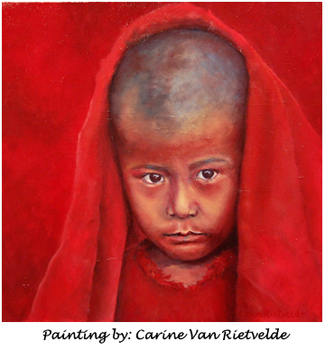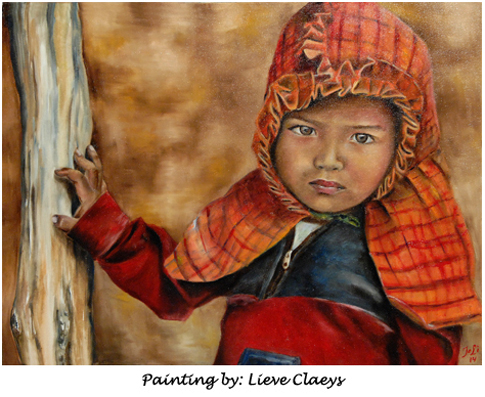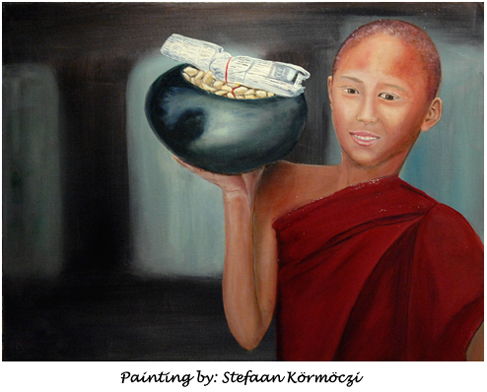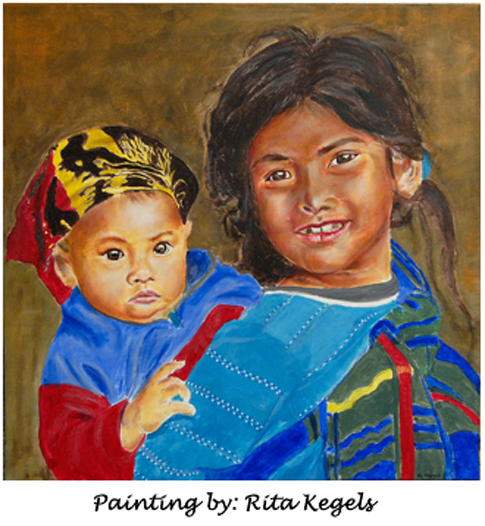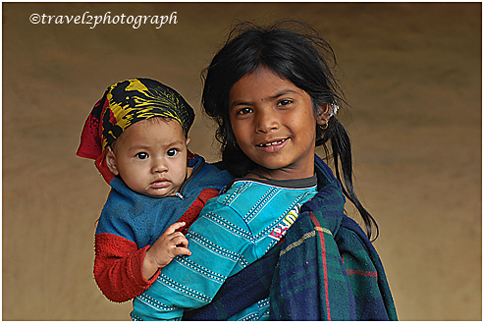In 1257 BCE, Pharaoh Ramses II (1279-13 BCE) had two temples carved out of solid rock at a site on the west bank of the Nile south of Aswan in the land of Nubia and known today as Abu Simbel.

Long before Ramses II, the site had been sacred to Hathor of Absek. The temple built by Ramses, however, was dedicated to the sun gods Amon-Re and Re-Horakhte. Because of their remote location near the Sudanese border in sourthern Egypt, the temples were unknown until their rediscovery in 1813. They were first explored in 1817 by the Egyptologist Giovanni Battista Belzoni.

The first, and largest of the temples, is dedicated to the sun god Ra-Harakhte, while the second, which is smaller, and a few meters to the north, was dedicated by Ramses II to his beautiful wife, Nefertari, to be worshipped together with other deities.These two temples attracted world-wide attention when they were threatened by inundation by the waters of the High Dam. In response to an appeal by the Arab Republic of Egypt, UNESCO, in 1959, initiated an international donations campaign to save the monuments of Nubia, the relics of the oldest human civilization. The salvage of the Abu Simbel temples began in 1963, and cost some 30 million euros. Once again the Abu Simbel temples were relocated on the plateau to greet the sunrise every morning.

The Greater Abu Simbel Temple (Ramses II) is one of the many relics erected by the Pharaoh Ramses II, this is the grandest and most beautiful of temples. The facade is 33 meters high, and 38 meters broad, and guarded by four statues of Ramses II, each of which is 20 meters high. High on the facade, there is a carved row of baboons, smiling at the sunrise. On the doorway of the temple, there is a beautiful inscription of the king’s name: Ser-Ma’at-Ra and between the legs of the colossal statues on the facade, we can see smaller statues of Ramses II’s family: his mother “Mut-tuy”, his wife “Nefertari” and his sons and daughters. There is also a number of dedications, important amongst which is Ramses II’s marriage to the daughter of the King of the Hittites. Beyond their entrance, there is the Great Hall of Pillars, with eight pillars bearing the deified Ramses II in the shape of Osiris. The walls of this hall bear inscriptions recording the Battle of Kadesh waged by RamseS II against the Hittites. Then we enter the smaller hall of the temple – the hall of the nobles, containing four square pillars. Then we come to the Holiest of Holies, where we Amun-Ra find four statues of: Ra-Harakhte, Ptah, Amun-Ra and King Ramses II. This temple is unique, since the sun shines directly on the Holiest of Holies two days a year: February 21, the king’s birthday, and October 22, the date of his coronation.

The Smaller Abu Simbel Temple (Nefertari), located north of the Greater Temple, was carved in the rock by Ramses II and dedicated to the goddess of Love and Beauty, Hathur, and also to his favorite wife, Nefertari. The Facade is adorned by six statues, four to Ramses II and two to his wife.




